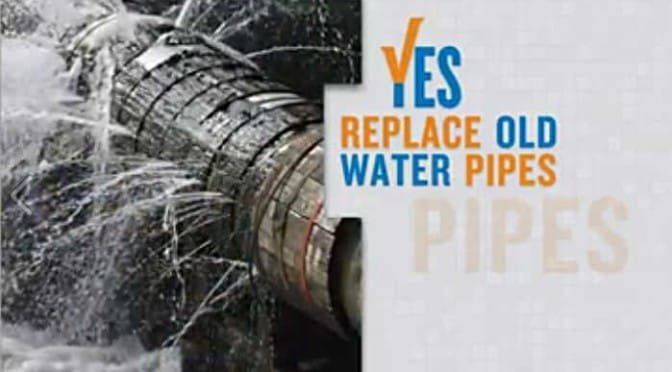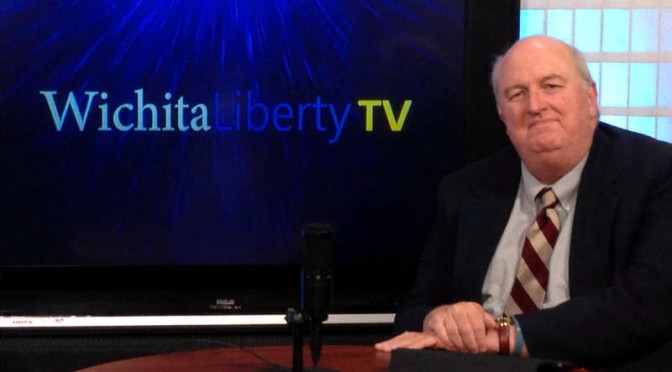Tag: Elections
-
Has the Wichita ASR system proven its worth in production?
I expressed my concerns regarding things I had recently learned, which is that we’ve cut expectations for ASR production in half. Also, ASR is still in commissioning stage.
-

Examining claims in favor of the proposed Wichita sales tax
The “Yes Wichita” group has made a series of statements regarding plans for a new water supply. It’s important that Wichita voters be aware of the complete facts and context of these claims so that they make an informed decision on how to vote.
-
Downtown Wichita campaigns for higher taxes on groceries and no taxes on downtown
Wichita Downtown Development Corporation campaigns for low-income households to pay more sales tax on groceries while it seeks tax breaks for downtown developers.
-
Wichita Chamber campaigns for higher taxes on those least able to pay
The Wichita Chamber campaigns for low-income households to pay more sales tax on groceries.
-
Misleading Wichita voters on water pipes
A television advertisement by the “Yes Wichita” group misleads Wichita voters in two ways, one which is significant.
-
Selective editing?
Do you think it is misleading to leave out the part about how a significant portion of the rate increase will happen regardless of the sales tax vote?
-

Wichita sends educational mailer to non-Wichitans, using Wichita taxes
Why is the City of Wichita spending taxpayer money mailing to voters who don’t live in the city and can’t vote on the issue?
-
Tax your food, but not his
Does this seem fair and just, that the president of a restaurant chain would campaign for higher sales tax on groceries?
-
Tax not me, but food for the poor
This is Union Station in downtown Wichita. Its owner has secured a deal whereby future property taxes will be diverted to him rather than funding the costs of government like fixing streets, running the buses, and paying schoolteachers. This project may also receive a sales tax exemption. But as you can see, the owner wants…
-

Wichita sales tax hike harms low income families most severely
Analysis of household expenditure data shows that a proposed sales tax in Wichita affects low income families in greatest proportion, confirming the regressive nature of sales taxes.
-

WichitaLiberty.TV: The proposed one cent per dollar Wichita sales tax
In this episode of WichitaLiberty.TV: We’ll talk about the proposed Wichita sales tax, including who pays it, and who gets special exemptions from paying it. Then, can we believe the promises the city makes about accountability and transparency? Finally, has the chosen solution for a future water supply proven itself as viable, and why are…
-

By threatening an unwise alternative, Wichita campaigns for the sales tax
To pay for a new water supply, Wichita gives voters two choices and portrays one as exceptionally unwise. In creating this either-or fallacy, the city is effectively campaigning for the sales tax.